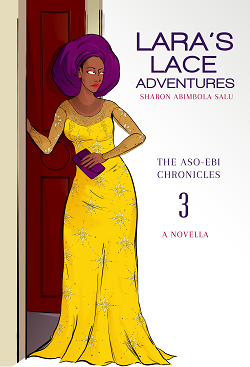
Last month, I attended a music concert featuring mostly classical and orchestra music. Before the concert commenced, I looked through the program I was handed at the door. It contained details you would normally expect to see in a program of events: names of the organizers, history of past performances, names of individuals performing each musical piece, orchestra members and who was playing what instrument, degree qualifications, and accomplishments, etc.
But I also stumbled on an unexpected item.
Supertitles by XYZ.
What in the world are Supertitles? I wondered. Well, I did some digging around and here’s what I discovered.
Supertitles are not Subtitles Wearing Superhero Capes
Okay, that bit should be obvious. Supertitles are not subtitles disguised as superheroes wearing red capes. If you want to see what supertitles look like, check out this example. That’s also close to what I saw at the event I attended.
Supertitles, also known as Surtitles are often used in Opera, Theatre, and Musical Performances
Here’s a quick definition of a supertitle, also known as a surtitle, courtesy of Merriam-Webster:
a translation of foreign-language dialogue displayed above a screen or performance
When they are projected, we call them surtitles. They can also be electronic. They allow the audience read the dialogue during a performance without taking their eyes off the performers. So, they are often used in opera or musical performances.
A subtitle on the other hand is:
a printed statement or fragment of dialogue appearing on the screen between the scenes of a silent motion picture or appearing as a translation at the bottom of the screen during the scenes of a motion picture or television show in a foreign language
To put this definition in perspective, a subtitle, which most of us are familiar with, is the English translation you would read at the bottom of the screen, if you were watching a hit telenovela or TV series from Spain on Netflix like Velvet a.k.a Galerias Velvet or Gran Hotel a.k.a Grand Hotel.
Supertitles are often associated with Live Performances; Subtitles with Recordings: Movies and TV Shows
This should be self-explanatory especially after the preceding discussion. Supertitles are often associated with live performances (think opera, music performances, live orchestra) while subtitles are often associated with recordings (think foreign language movies and TV shows).
Supertitles are Above; Subtitles are Below
This is not a hard and fast rule, but it is typical. Supertitles appear above the performers while subtitles usually appear below the scenes in movies and TV shows.
… Although I have seen subtitles appear above the scenes. But, you get the point.
Supertitles and Subtitles translate Foreign Languages for Audience Benefit
Supertitles, per the definition above, are projections of foreign language translations during theater or musical performances. Like subtitles, they allow the audience to follow along. So, we can assume that they benefit the audience.
Subtitles typically feature translations from a foreign language to English, in the case of English subtitles.
But not necessarily.
I have seen Nigerian movies and music videos, which are in English by the way, with English subtitles.
Their excuse? The accent, maybe. Or just another version of closed captioning.
Either way, it’s good to be able to follow along and know, for sure, what a person is saying.
But some of those Yoruba movie subtitles though? Another topic for another day!
What has your experience with supertitles or subtitles been? Please share.









Maybe am ajepaki or local, but I’ve never seen or heard of Supertitles. So, thanks for sharing.